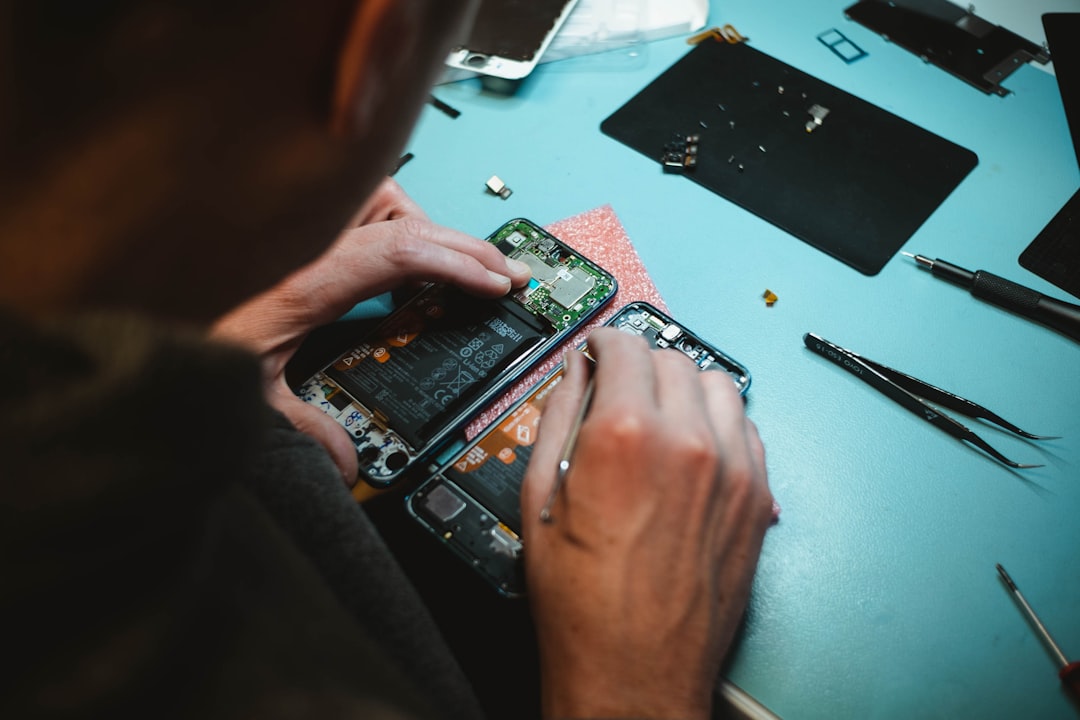Lie detectors are said to spot liars which, if true, can be pretty handy when two or more people are giving contradicting statements. But how exactly do they work and how accurate are their findings? How are they able to detect lies, exactly? Let’s try to answer these questions by going through what a subject would experience if told to undergo a lie detector test.
Pre-test Interview
First, we start with the pre-test interview. We are a long way away from the actual test at this point. The aim is to break the ice and perhaps get a few observations that can be useful in the final assessment. This is just a preliminary step in which the examiner asks a series of simple questions to the subject. These can include simple personal details that one would typically be asked in any interview. Additional inquiries may be tacked on to this brief session. The information gathered here will be used later on when it is time to develop diagnostic questions.
Quick Orientation
Then the examiner will proceed with the brief orientation. He or she will explain to the subject how the lie detector machine or polygraph is designed to work. This serves another purpose: it hammers the point that this device can detect lies such that all questions must be answered with the truth. It’s a psychological technique to put the individual into high alert and perhaps make those who are poised to lie rethink their tactic. Whether or not the assertion is itself true is not important. What’s important is that the subject must believe it.
Stim Test
Next, the examiner will move on to the stim test. This can be thought of as trial phase to test everything from the equipment to the response of the subject. The latter will be told to lie on purpose and the vital signs will then be checked for any fluctuations. The examiner will confirm that the lie has indeed been detected to reinforce this fact in the mind of the individual. It is postulated that guilty persons will experience an increase in anxiety knowing that they can be found out if they give false information.
Actual Testing
Only after all these can the actual lie detector test begin. The examiner will be fielding a variety of questions and not all of them will be related to the topic being debated. Some might seem to be irrelevant or indeed repetitive. For instance, he might try to confirm if the name of the subject is what was previously given or something else entirely. There might also be diagnostic questions that will be vital in the final analysis. From time to time, relevant questions will be asked to measure the response.









